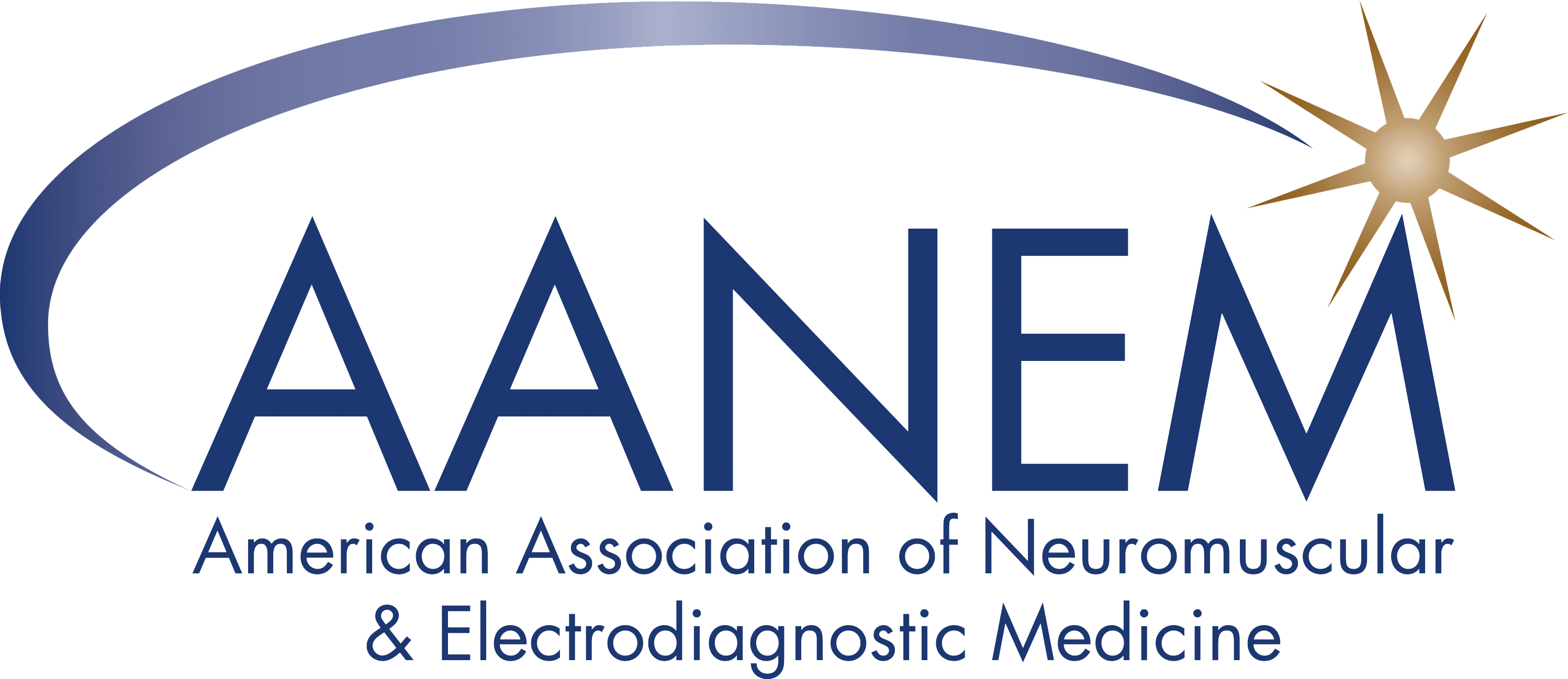AANEM Connect

Join this vibrant community of professionals eager to exchange ideas, share resources, and engage in meaningful discussions. Use this platform as a sounding board to seek advice for navigating challenging cases or career decisions, and receive expert guidance from generous peers who want to help you succeed.
Please share your opinion on what you believe to be the best timing for thymectomy in my patient.
He initially presented to us on 12/4 with diplopia, ptosis, "neck pain", dysphagia, and nasal regurgitation. These were also his presenting symptoms upon initial diagnosis but he had been normal for several months without any symptoms until 9 days prior to admission. He had been taking prednisone 10 mg daily and pyridostigmine 60 mg QID plus TS 180 mg QHS at home.
Work up in his home country:
May 2022 - AChRAb 5.85 (< 0.45)
May 2022 - CT Chest - "Thymus not enlarged"
Initial exam was significant for:
Diplopia in all directions of gaze. Impaired up gaze. Ptosis - R > L - significantly worse with EOM for about 20 seconds and improved with rest for about 20 seconds. Face - orbicularis oculi weakness, B. Strong orbicularis oris. Smile - normal. Palate elevates normally. No nasal speech. Swallows 90 cc of liquid with no difficulty or coughing. NF/NE - limited due to discomfort but definite neck extension weakness. Delt 4+ and HF 4 with some fatigability. Other muscles are 5/5.
He improved and then had significant worsening again within a few days while getting IVIg.
He was later treated with plasma exchange and slightly improved and then significantly worsened.
He never had any respiratory complaints. During his stay he developed worsening dysphagia and weakness in chewing which was new.
During his stay, pyridostigmine was increased to 120 mg QID, and he was continued on TS 180mg at night. Prednisone was slowly increased to 40 mg daily. Lowering the pyridostigmine resulted in a significant worsening of all symptoms.
Work up by us:
Anti-striated muscle Ab was + 1:320.
TSH normal.
CT chest - "3.2 cm isodense lesion is noted in the prevascular space/anterior mediastinum. Primary differential diagnostic consideration includes a thymoma.
Most recent exam:
Mild bilateral orbicularis oculi and orbicularis oris weakness.
No nasal speech.
Neck extension 4- --> 4
L/R Deltoid 4+ --> 5, B initially and then fatigues to 4/4 Biceps 5/5 Triceps 5/5 Wrist Extension 5/5 Wrist Flexion 5/5 Grip 5/5
finger flexion 5/5, finger extension 5/5
L/R Hip Flexion 4-/4- Knee Extension 5/5 Dorsiflexion 5/5 Plantar Flexion 5/5
All weakness is fatiguable weakness.
We are awaiting insurance approval for eculizumab.
We are obviously thinking about several factors when deciding on timing:
Since he is still having significant bulbar symptoms, we would wait.
Would you do a thymectomy soon in this patient who likely has a thymoma and has been refractory to treatment?
We will get full formal PFTs prior to considering any surgery.
Since symptomatic improvement is usually seen 6 months or more after thymectomy, there is no emergency in performing thymectomy but waiting longer has its downside also.
When would you recommend doing a thymectomy in this patient?
Thank you and happy holidays.
In order to comment on posts and view posts in their entirety, please login with your AANEM member account information.
I enjoy participating in the AANEM Connect Forum for a number of reasons. There are very fundamental questions posed on a frequent basis that cause me to pause and ask myself, ‘Why didn’t I think of that?’ Also, I continue to learn new things when others contribute their thoughts and experiences. Connect is an excellent opportunity for members to interact and to address any topic, including those that may not be discussed at an annual meeting or journal article.
Daniel Dumitru, MD, PhD
